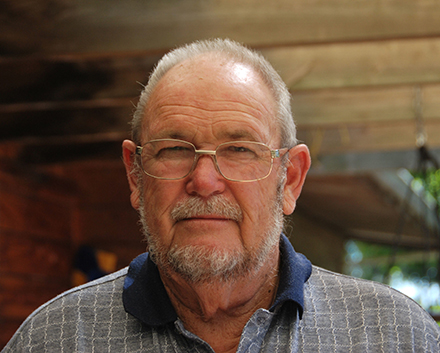Australia, along with 16 other countries, has committed to the “Initiative for Greening Construction with Sustainable Wood” at COP28 in Dubai.
The pledge is that:
“Recognising that wood from sustainably managed forests provides climate solutions within the construction sector, we commit to, by 2030, advancing policies and approaches that support low carbon construction and increase the use of wood from sustainably managed forests in the built environment. Such policies and approaches will reduce GHG emissions and increase stored carbon.”
While this is an eminently sensible policy that is consistent with IPCC views on the importance of sustainable forest production in carbon sequestration, Australia’s commitment is something of a hollow gesture. How will Australia support this initiative with insufficient forest resources to service even the present demand?
The WA and Victorian government have recently banned the production of timber from native forests and other states are under pressure to do the same.
These decisions have been done for purely political reasons hiding behind spurious assertions such as maintaining carbon stocks, reduced growth rate due to climate change or the need to protect wildlife, none of which has been substantiated with scientific evidence. These decisions are completely at odds with the intent of the pledge that the Commonwealth has committed to.
Both the WA and Victorian governments have committed to the establishment of plantations to replace native forest production knowing full well that they cannot do so for two to three decades into the future and that softwood cannot replace hardwood for many of its uses.
The WA government has promised $35M per year for 10 years to plant 33,000 ha of mostly pine plantations. However, with limited availability of suitable land, sky rocketing land prices, opposition from some Shires and expected losses from wildfire (10,000 ha in last 12 years), no-one expects this figure to be reached.
In any event, it will not produce in time to alleviate the looming timber supply shortage in WA. The same situation is likely in Victoria.
With the withdrawal of native forest harvesting and a “too little, too late” plantation program, WA and probably most of Australia will be in no position to contribute to the Greening Construction pledge.
Despite the high-sounding aspirations agreed to by Commonwealth and State Forestry Ministers as recently as July 2023 to:
- increasing resource security and domestic supply volumes;
- expanding the production of timber and wood products;
- expanding forestry’s contribution to climate change mitigation;
- expanding timber industry workforce opportunities and capacity; and
- continued sustainable management of forests.
None of these statements bears any relation to the actions taken in WA and Victoria where the exact opposite has been done.
“Green” timber construction, like the much-lauded mass engineered timber building ‘Boola Katitjin’ at Murdoch University in Perth, will continue to rely on imported timber resources.
However, with the world demand for wood forecast to increase from 200% to 400% by 2050, supplies in Australia in the future will be more limited, at a substantially higher price and at the expense of other less well-managed forests.
Despite the fact that Australia is the 7th most forested country and has 10 times the area of forest per head of population than the world average, we still import $7B of wood products from other countries’ forests.
Australia’s commitment to “greening construction” is a meaningless pledge if it can only be done with other countries’ timber resources while sitting back smugly believing we are saving the planet by the unjustified reservation of our remaining multiple use native forests.
Jack Bradshaw is a retired forester from the south-west of Western Australia. He worked for the Department of Conservation and Land Management and its predecessor, the Forests Department of Western Australia, before becoming a consultant in native forest management and silviculture.








